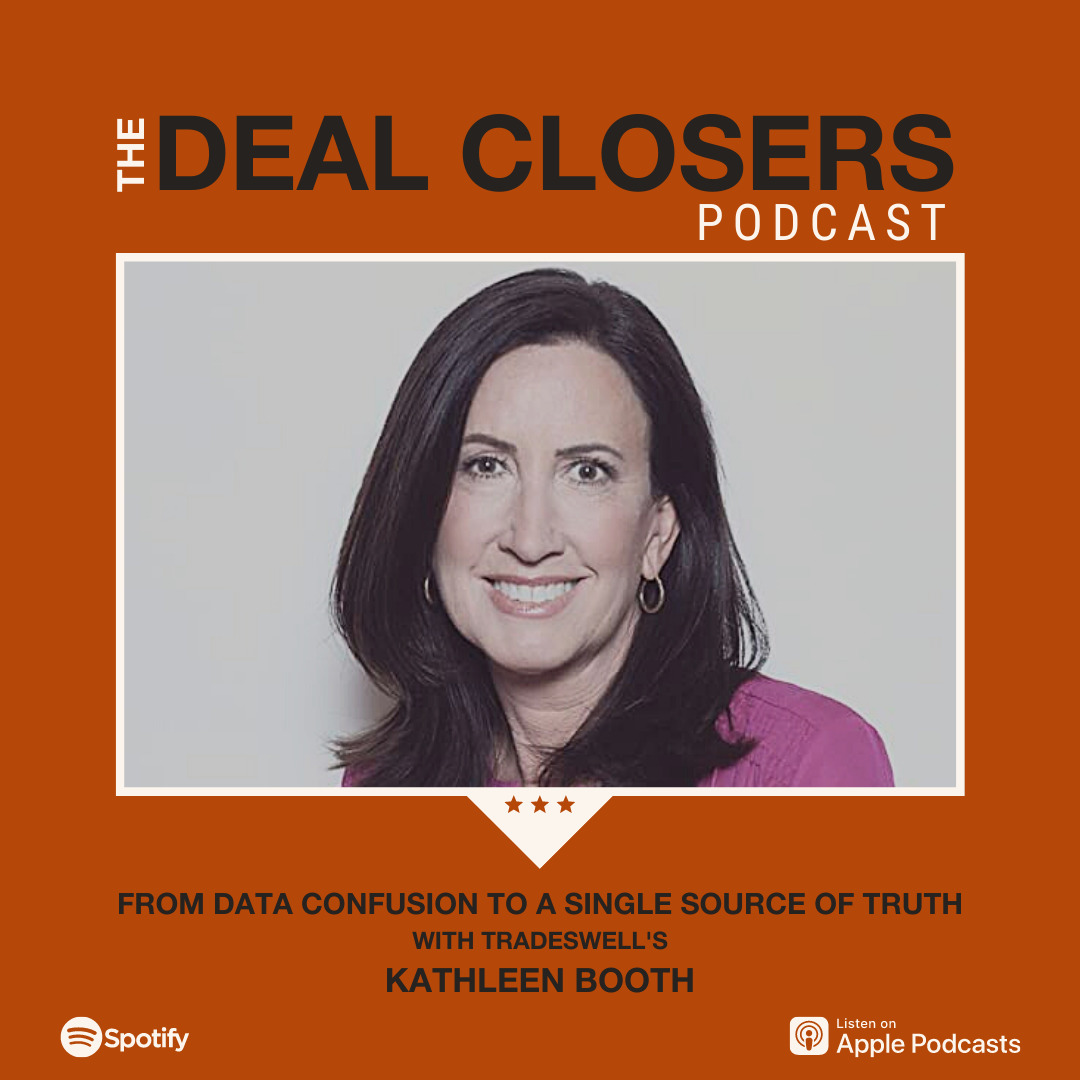
Companies need precise and accurate data to make better-informed financial decisions. When a company grows, it has to deal with more data. Poor data management in the early stages of business operations will stall growth and negatively impact the business’s financial performance. Companies need proper data management to avoid any conflicts or mistakes in the present or the future.
Data confusion refers to the failure to process large amounts of data, leading to indecision and confusion in the company. Companies need precise and accurate data to function correctly. With relevant data, companies can know their strengths and weaknesses, which could lead to a false sense of success. Data confusion leads to unclear objectives, missed opportunities, and wasted resources, hindering the company’s growth.
Businesses, specifically medium to large enterprises, need multiple departments to operate correctly. Every department generates its data using its system, and most of the time, these data overlap. Businesses are now making more data-driven decisions. Still, decision-makers cannot make quick decisions if different sets of data provide different information leading to inconsistency. Hence, there is a need for a single source of truth (SSOT).
What is SSOT? The Single source of truth meaning is the aggregation and standardization of data points into a single repository from multiple sources or a data warehouse that every department maintains. SSOT removes data duplication, allowing better data accuracy across channels, reduces errors, and increases transparency, clearly painting a picture of business performance.
Single source of truth (SSOT) differs from the Single version of the truth. While some parts overlap, it is clear that there’s a distinction between the two. SSOT focuses on centralizing data in a single repository, ensuring everyone from the company works from the same data set. In contrast, the Single version of the truth focuses more on interpreting data to present consistent and accurate data. Although different, both improve data integrity.
While data privacy and security concerns go up due to a single repository of all the business’s data, the pros greatly outweigh the cons. Here are some of the benefits of SSOT:
The benefits companies gain from implementing an SSOT are that it helps the organization operate more efficiently.
Establishing a single source of truth (SSOT) is no easy task, although once completed, it is worth every second. Here are the steps to develop a single source of truth:
1. Analyze existing data sources and systems.
2. Set data standards to ensure consistency.
3. Choose a data management system that can centralize data from numerous sources.
4. Remove duplicates and correct errors.
5. Migrate data.
6. Implement automation that allows real-time data updates.
7. Monitor and maintain data quality.
Following these steps, companies can create their SSOT, making business decisions easier.
The core of SSOT is a centralized data repository, which collects all data in a single, unified location through a robust SSOT architecture. This ensures that every company department has uniform access to various data from different sources. SSOT also needs to be able to manage metadata to the context, origination, and structure of the data to be understood by users. Companies’ SSOT foundations must be strong enough to maintain an SSOT system’s effectiveness.
A single source of truth is ideal for data management for any company, although there will be numerous challenges before achieving SSOT. Here are some:
Every situation presents its threats and challenges, but implementing and maintaining a Single Source of Truth (SSOT) would become significantly easier once those issues are addressed.
Here are the best practices to ensure data accuracy for SSOT:
By adopting these practices, a company will be better equipped with an enduring and authoritative SSOT.
Confused data refers to the consistency and unreliability of data that affects decision-making positively. As departments use different programs, data could be disruptive for management, which needs clarification on how data are connected.
Confused data could also lead to users having confused the dates or misinterpreting data due to a lack of updates and redundancy due to human error. One of the main points SSOT is looking to eliminate is when people across the organization get data confused, ensuring clear and effective decision-making for the company.
Establishing a Single Source of Truth can significantly reduce the time needed for data processing. Several companies have implemented one of their own, specifically those that operate on a large scale due to the vast amounts of master data they must manage. Here are some single sources of truth examples:
These are just some of the largest companies proving that SSOT makes business processes simpler and more manageable. If it worked for them, it would work for you as well.
Al and tech are now playing more extensive and prominent roles in multiple industries. Due to these developments, automation of processes is more accessible, improving data quality and accuracy. With numerous companies moving to cloud-based data platforms, flexibility will be unparalleled for SSOT due to ease of access, which requires many companies to have faster and more critical decision-making processes.
With management of data sitting at the core of companies, as they scale, they can get tangled into endless complexities of data that keep things a mess and lead to many missed opportunities. Implement a single source of data for a transformative solution.
Team members within a company can utilize this single source of common data to work together and collaborate. They can make insightful decisions using predictive and prescriptive tools that will improve decision-making processes and consequently drive growth.